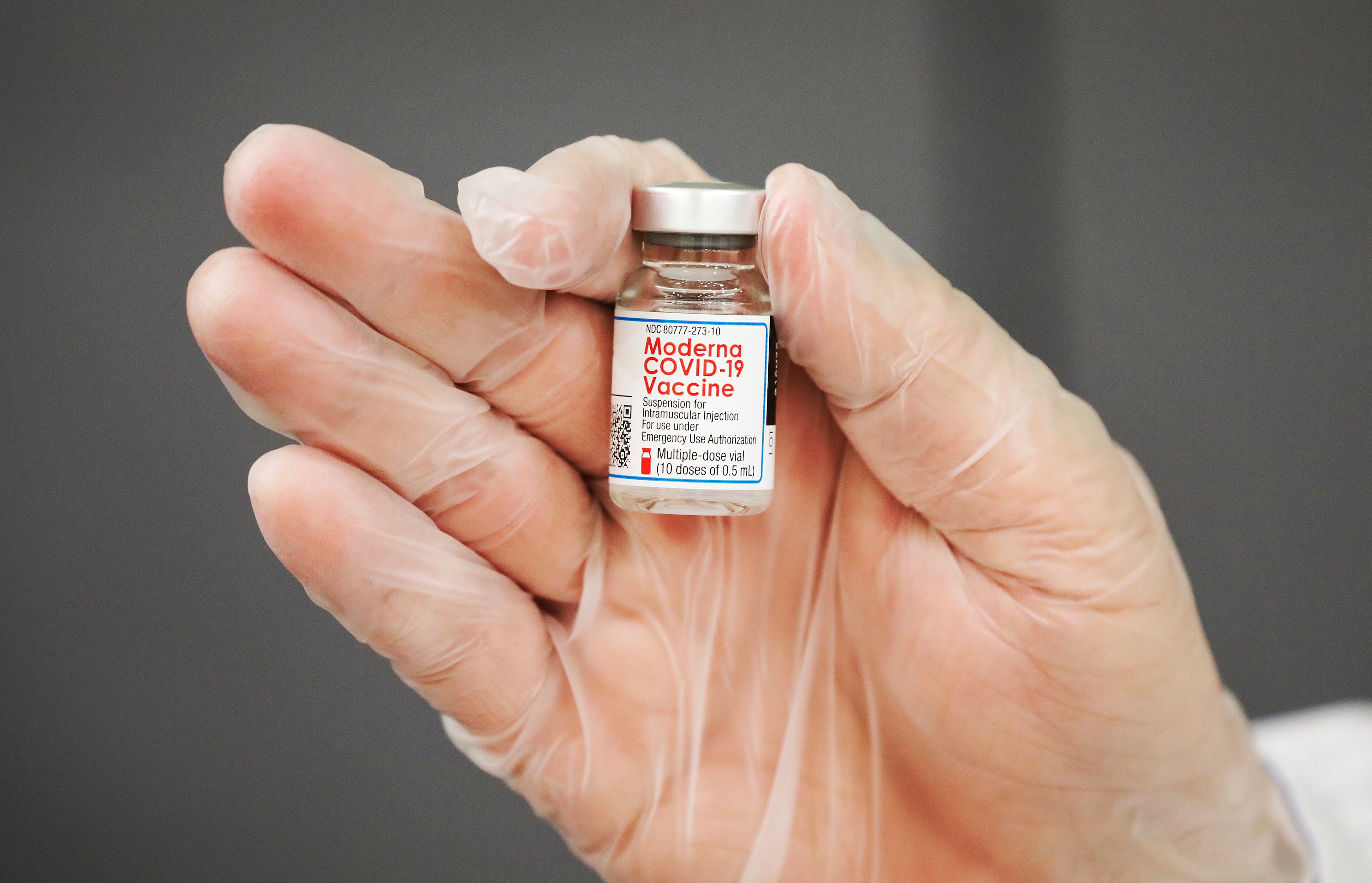
The items below are highlights from the free newsletter, “Smart, useful, science stuff about COVID-19.” To receive newsletter issues daily in your inbox, sign up here.
In a 2/19/21 newsletter for The New York Times, David Leonhardt writes that some cautionary public health messages about COVID-19 vaccines, such as messages about risks, uncertainties, caveats and side effects — all of which he calls “vaccine alarmism” — are “fundamentally misleading.” Some researchers and journalists are “instinctively skeptical and cautious,” he writes, which has led to public health messages that “emphasize uncertainty and potential future bad news.” For example, the risk of a vaccinated person becoming infected with SARS-CoV-2 and passing it on to someone else who then got severe COVID-19 is very small, evidence suggests, Leonhardt writes. “You wouldn’t know that from much of the public discussion,” he writes. Ambiguity like that and all the news about variants has fueled vaccine hesitancy, according to Dr. Rebecca Wurtz, a public health researcher at the University, Leonhardt writes. The public health messages about COVID-19 vaccines instead should be: “They’re safe. They’re highly effective against serious disease. And the emerging evidence about infectiousness looks really good,” a Johns Hopkins epidemiologist is quoted as saying.
A story by Claudia Wallis for Scientific American’s March issue reports on strategies for addressing the hesitancy reportedly held by some in the U.S. to getting a COVID-19 vaccine. The strategies include: 1) focusing on enlightening people who are ambivalent or hesitant about the vaccine, not on committed “anti-vaxxers,” who are a “tiny slice of the population,” Wallis writes: 2) addressing “the lack of trust or tech people with trusted messengers,” according to a Dartmouth College political scientist quoted in the piece; 3) removing “practical barriers” to getting the vaccine, which can be addressed with extended hours at vaccine sites and emphasizing that the vaccine is free, according to a Kaiser Family Foundation director of racial equity and health policy, the story states.
Also, it might be wise to question the idea that attitudes and polls accurately reflect behavior, that is, whether people will actually brave significant hurdles and get a COVID-19 vaccine when available. For instance, on 2/20/21 Dr. Uché Blackstock, founder of Advancing Health Equity, retweeted a video posted the same day by Philadelphia Inquirer reporter Ellie Rushing showing a long line of committed and hopeful vaccine recipients outside a 24-hour walk-up vaccination site event at Temple University in Philadelphia. To repeat, it was a 24-hour, walk-up vaccination event held last weekend, and it was hugely popular.
David Klepper, Farnoush Amiri, and Beatrice Dupuy at The Associated Press have reported a story that profiles the people and organizations behind some of the most damaging COVID-19 misinformation (2/15/21). In short, steer clear of COVID-19 ideas by Francis Boyle at Harvard; site Great Game India; Montreal-based Centre for Research on Globalization; serial political candidate Igor Nikulin; conspiracy theorists Greg Rubini, Kevin Barrett; virologist Luc Montagnier; and Iranian leader Ali Khamenei.
This engaging animation by University of Utah cell biologist and animator Janet Iwasa, tweeted in 2/17/21, shows how SARS-CoV-2 gets into cells. Here’s a link to the site with background and the full animation.
Freelance journalist Wudan Yan nicely explains in this 2/17/21 piece for New York magazine’s Intelligencer how the COVID-19 vaccines that rely on mRNA technology can be “readily” modified to improve their protection against new variants of SARS-CoV-2. Pfizer and Moderna say their COVID-19 vaccines, which both rely on mRNA, already seem to provide protection against currently circulating viral variants, but both companies also have vaccine updates in the works. Pfizer says it could potentially have an updated vaccine ready, presumably for human testing, in 60 days, Yan reports. The U.S. Food and Drug Administration might allow for safety testing of the updates on “a few hundred people” instead of on the tens of thousands that the original vaccines were tested on — which would dramatically speed up their availability for the public (I think this streamlined assessment is more or less the approach, too, for testing the annual updates to flu vaccines). Vaccine update basics: The mRNA vaccines inject us with a piece of the coronavirus’s genetic information (mRNA) that then turns inside our bodies into a complex molecule (specifically, a portion of one of the virus’s proteins — the “spike”). Our bodies learn to mount an immune response to the protein, “similar to what would happen if we were exposed to the full virus,” Yan writes. To tweak the vaccines to account for new variants, researchers would swap in the slightly different mRNA segments that make the piece of the spike protein found in the variants, the story states. Researchers are not sure about the wisdom of updating COVID-19 vaccines that rely on a virus called an adenovirus to carry the coronavirus genetic material into our bodies, Yan writes, but they have ideas for how to work around those questions too.
Taking Vitamin C or zinc, or both, does not reduce COVID-19 symptoms, according to the results of a randomized study published 2/12/21 in JAMA Network Open, states Dr. F. Perry Wilson in an edited interview transcript published by Medscape (2/17/21). “I think we need to just accept the fact that it’s pretty unlikely that a cure for COVID is sitting in our closets,” Wilson writes. “Lots of chemicals have activity against pathogens [e.g. microbes that can make you sick] in test tubes, just like lots of stuff works in vitro [in test tubes in a research lab] against cancer. But this trial [experiment/study] reminds us that, more often than not, biologically promising agents don’t survive the rigors of real-world testing. Keep hope, but bring data.”
You might enjoy listening to the sounds of the wind (estimated speed of 5 meters/sec, or 11 mph) and the Perseverance rover on Mars, as presented in the first video in this 2/23/21 Space.com story by Mike Wall. Or just listen to the Martian wind and surface sounds alone, with the rover noise filtered out.


-464x290.jpg)